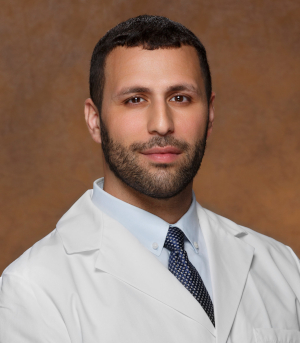SVC Venograms & Treatment
In the management of superior vena cava syndrome (SVCS), the goals are to relieve symptoms and to attempt cure of the primary malignant process. Only a small percentage of patients with rapid-onset obstruction of the superior vena cava (SVC) are at risk for life-threatening complications. [13]
Patients with clinical SVCS often gain significant symptomatic improvement from conservative treatment measures, including elevation of the head of the bed and supplemental oxygen. [23] Emergency treatment is indicated when brain edema, decreased cardiac output, or upper airway edema is present. Corticosteroids and diuretics are often used to relieve laryngeal or cerebral edema, although documentation of their efficacy is questionable.
Radiotherapy has been advocated as a standard treatment for most patients with SVCS. It is used as the initial treatment if a histologic diagnosis cannot be established and the clinical status of the patient is deteriorating; however, reviews suggest that SVC obstruction alone rarely represents an absolute emergency that necessitates treatment without a specific diagnosis. [3, 25]
The fractionation schedule for radiotherapy usually includes two to four large initial fractions of 3-4 Gy, followed by daily delivery of conventional fractions of 1.5-2 Gy, up to a total dose of 30-50 Gy. The radiation dose depends on tumor size and radio responsiveness. The radiation portal should include a 2-cm margin around the tumor.
During irradiation, patients improve clinically before objective signs of tumor shrinkage are evident on chest radiography. Radiation therapy palliates SVC obstruction in 70% of patients with lung carcinoma and in more than 95% of those with lymphoma.
In patients with SVCS secondary to non–small-cell carcinoma of the lung, radiotherapy is the primary treatment. The likelihood of patients benefiting from such therapy is high, but the overall prognosis of these patients is poor. [26]
Chemotherapy may be preferable to radiation for patients with chemo sensitive tumors. [26] In 1983, Maddox et al reported on 56 patients with small-cell lung cancer who presented with SVCS. Correction of SVCS was obtained in 9 (56%) of 16 patients treated with radiation therapy alone, in 23 (100%) of 23 given chemotherapy, and in 5 (83%) of 6 who received combined therapy. [27]
The most extensive experience with management of SVCS secondary to non-Hodgkin lymphoma is reported from the M.D. Anderson Cancer Center. Patients were treated with chemotherapy alone, chemotherapy combined with radiation therapy, or radiation therapy alone. [28] All patients achieved complete relief of SVCS symptoms within 2 weeks of the institution of any type of treatment. No treatment modality appeared to be superior in achieving clinical improvement.


















